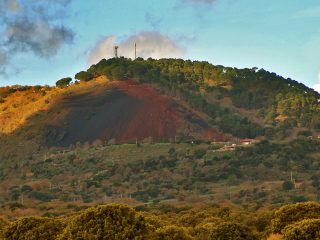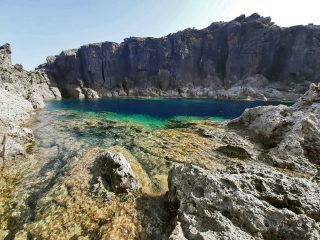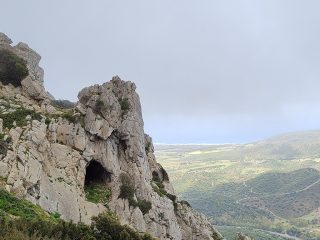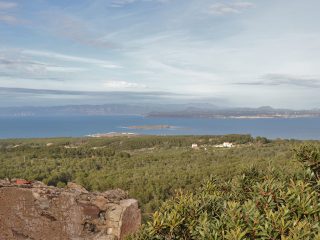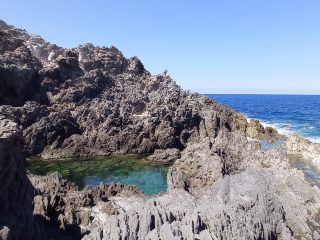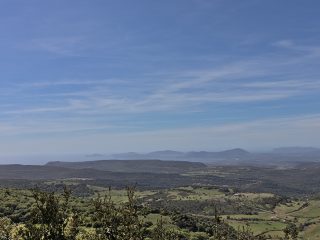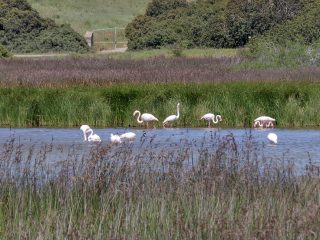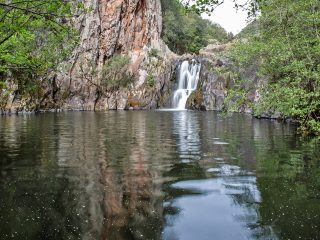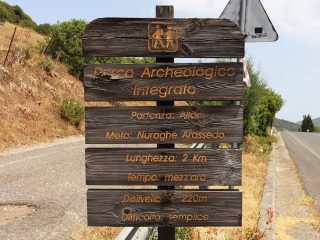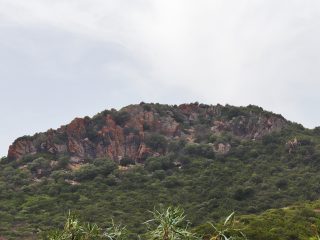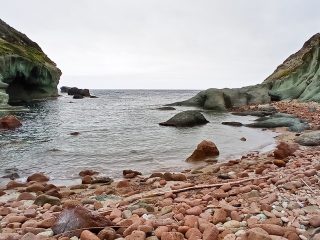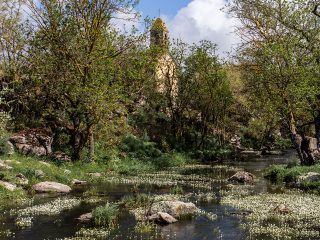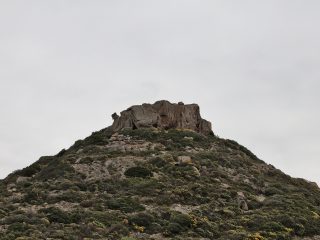Lake Baratz can be found in the municipality of Sassari, in northern Sardinia, near the hamlets of Villa Assunta and Santa Maria La Palma in the municipality of Alghero.
For years it was considered the only natural lake in Sardinia. Recent studies have classified Lake Forru (Portoscuso, SU) as the “second” one.
The lake is little more than a kilometre as the crow flies from the beach of Porto Ferro and, from a geomorphological point of view, it formed precisely after the stopbank of a sand dune (standing 30 metres tall), the fluvial valleys of the rio Bastianeddu and other minor rivers. The rio Bastianeddu is the main river flowing into the lake.
Over the years, its depth has varied considerably, going from a maximum level of -14 metres (in the 1960s) to a minimum of -5 metres (in the 1970s), partially due to extraction for agricultural purposes. Currently, the level of the lake is around -6 metres in depth and its perimeter is about 12 kilometres.
From a flora point of view, the Baratz is surrounded by a luxuriant forest area, a mixture of pine grove and Mediterranean shrub. There are strawberry tree plants, phillyrea, rockrose, rosemary, myrtle, lavender, and a number of species of wild orchids.
As far as the fauna is concerned, the most important species include the freshwater turtle, the coots and the mallard. Its waters also contain fish introduced artificially like the black bullhead.
There are many myths and legends about the lake, as well as recent historical facts. Indeed, during the Second World War, the area housed a German military base. During their withdrawal, the German army managed to recover all its arsenal and dumped it into the lake. Near the end of the 1990s, the drop in the lake’s water level brought to light unexploded bombs, at which point, the area became the focus of recovery and reclamation work.
The lake is part of the Site of Community Importance (SCI) “Lago Baratz-Porto Ferro” (ITB011155), regulated by the Rete Natura 2000.




